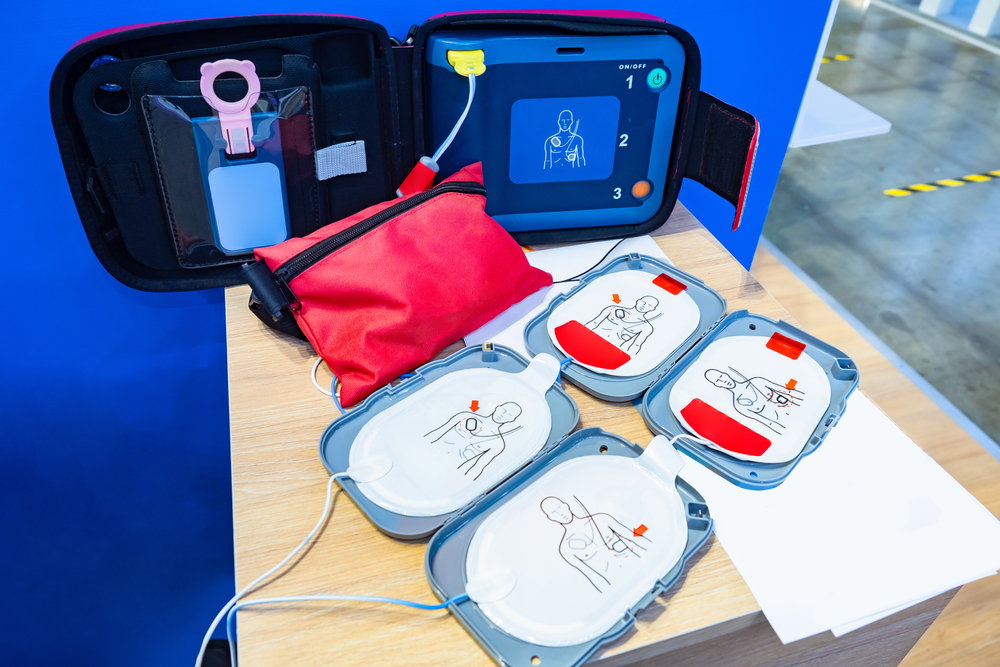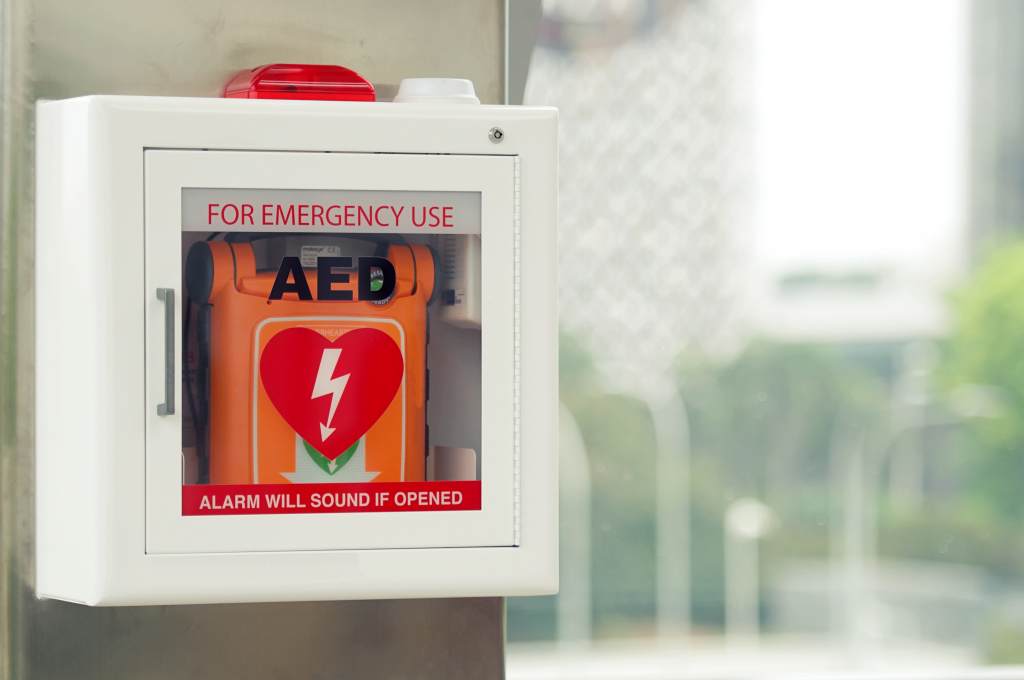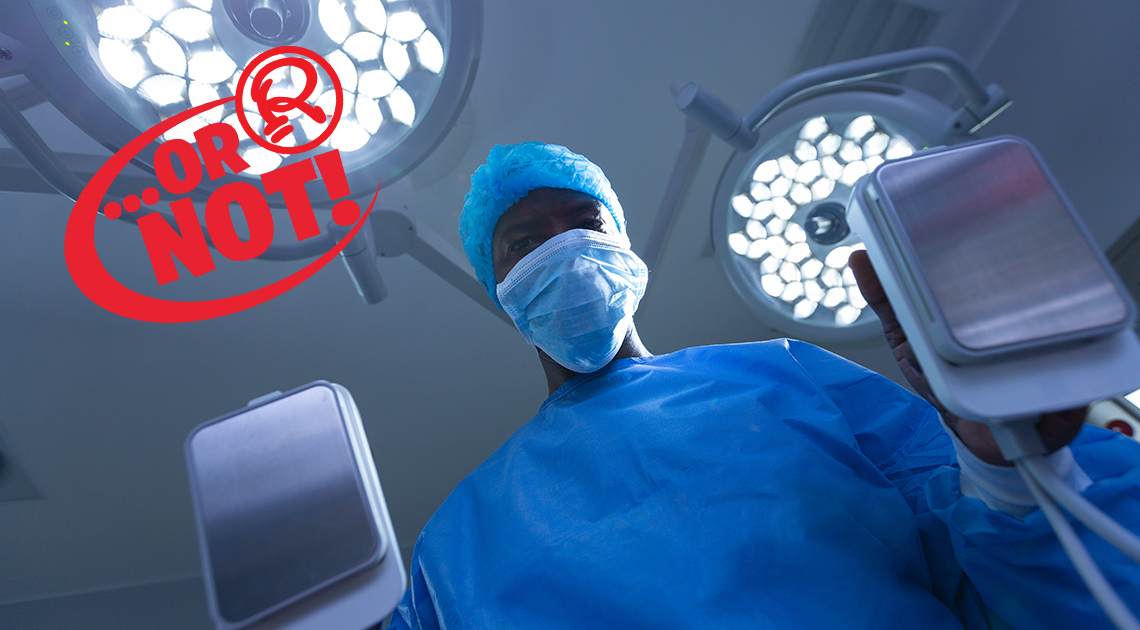You’ve probably seen a movie or television show where a doctor “restarts” a patient’s heart using a pair of paddles placed on the person’s chest. But contrary to popular belief, the device known as an automated external defibrillator (AED) is not meant to restart a heart that has completely stopped, according to First Aid Accident & Emergency.
Instead, a defibrillator identifies irregular heart rhythms when an individual experiences a cardiac arrest. This includes heart arrhythmia known as ventricular fibrillation. With this type of condition, the heart beats erratically. When this condition is present, the defibrillator will shock the heart so it regains its natural rhythm. As a failsafe, a person won’t receive the shock unless the machine detects this type of irregular heartbeat. Using an AED on someone who does not need it will not hurt them.
As we already noted, a defibrillator is not designed to resuscitate a heart that has flatlined. The great news is that even if you’re not a health care professional and haven’t been trained to use a defibrillator, you can use one in an emergency, the same website reports. These machines feature verbal and visual instructions to help you use them properly.

When there is no heartbeat at all or when an AED is not available, that is when you want to employ cardiopulmonary resuscitation, or CPR. The CDC notes that while performing CPR, you are using chest compressions to mimic the heart’s function of pumping blood throughout the body.
In early summer 2021, Danish soccer star Christian Eriksen was resuscitated following a cardiac arrest with the use of CPR and a defibrillator, reported CNN. The 29-year-old athlete collapsed during a Euro 2020 match against Finland. The team doctor told the media, “We got him back after one ‘de-fib,’ so that is quite fast.”
The English Premiere League has since donated money to deliver defibrillators to a variety of clubs and facilities in case another athlete experiences a cardiac arrest similar to Eriksen’s, according to ESPN. Over 2,000 sites will receive the life-saving machines.

“The traumatic incident we all witnessed when Christian Eriksen collapsed during Euro 2020 brings into sharp focus the need for defibrillators to be more widely available across the football community,” noted Premier League chief executive Richard Masters.
As for Eriksen, he received a heart starter device, also known as an implantable cardioverter defibrillator, to regulate abnormal heart rhythms. He has since been released from the hospital.
So, while an automated external defibrillator doesn’t restart a heart that’s completely stopped, it’s a vital, life-saving device, according to the National Institutes of Health. “We estimate that about 1,700 lives are saved in the United States per year by bystanders using an AED,” Dr. Myron Weisfeldt of Johns Hopkins University explained. The importance of knowing when and how to use CPR or an AED cannot be understated; vital information can be found on the American Heart Association’s website.
By Noelle Talmon, contributor for Ripleys.com










Great to see the correct information about AED